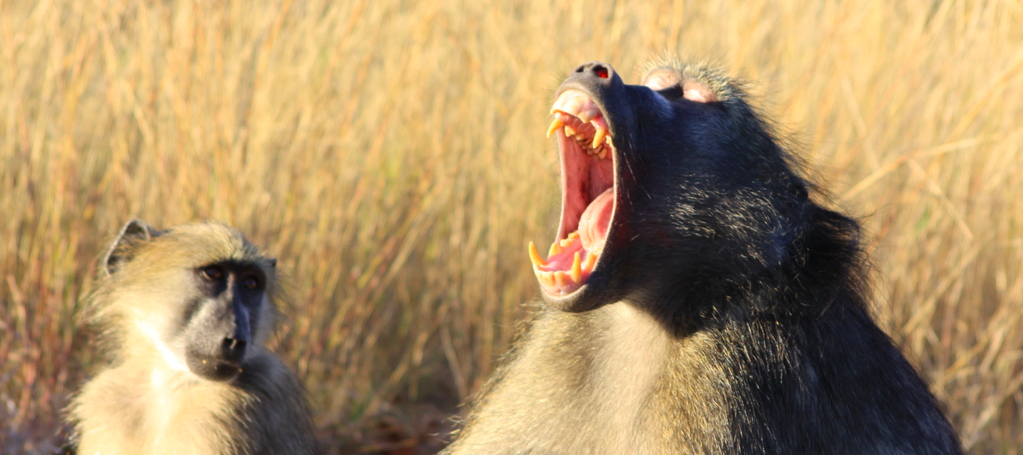New Scientist
Image: Derek Keats
Baboon grunts and barks have more in common with human speech than we thought. The monkeys routinely produce five of the distinct vowel sounds found in our languages.
Researchers typically link our ability to produce a range of vowels with the low position of the human voice box, or larynx, in the throat. Non-human primates have a high larynx, hence are thought to be incapable of producing many vowel sounds.
But according to Joël Fagot at Aix-Marseille University and Louis-Jen Boë at the Grenoble Alps University, both in France, this standard explanation is wrong.
Fagot, Boë and their colleagues have now analysed 1300 baboon vocalisations, recorded at a primate research centre in Rousset-sur-Arc in southern France. They extracted vowel-like sounds from the calls and used software to identify the key resonant frequencies, or “formants”.
The lowest two formants — denoted F1 and F2 — are known to give a reasonable indication of the position of the tongue, and can help computers classify the associated vowel sound. Read more on newscientist.com…








